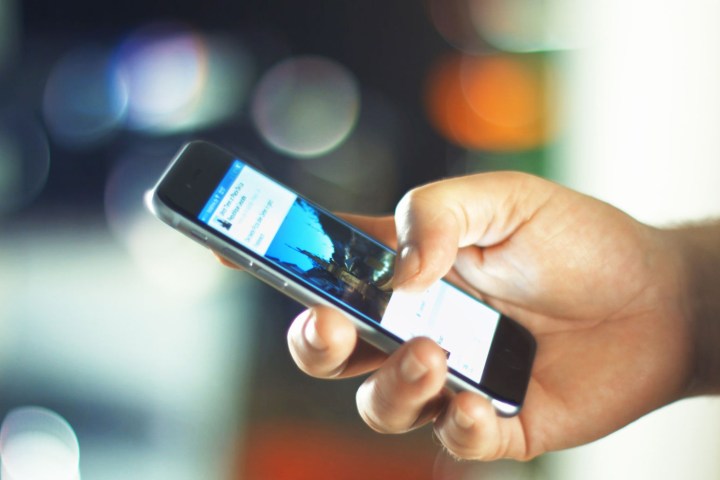
The split feed is only a test and at the time Facebook first shared the test, the company didn’t yet have plans to bring the setup worldwide. The tests, running in Sri Lanka, Bolivia, Slovakia, Serbia, Guatemala, and Cambodia, place all the posts from publishers such as news companies inside a new Explore section, requiring users to navigate outside the News Feed to see the posts unless they are shared by a friend.
News outlets quickly began reporting a loss in website traffic after the change and now the same outlets are suggesting the change actually helped promote fake news rather than fight it. In one example from Slovakia, the police released a statement to disseminate fake news of a terrorist attack. The problem? Releasing the official information put the story in the Explore section rather than the news feed, where it didn’t have as much traction as the fake story. Publications from Bolivia also reported seeing an increase in fake news within the News Feed because of user engagement.
Facebook’s upcoming News Feed change isn’t that same split feed, but the goal of promoting more posts from friends and fewer posts from publishers and businesses could have similar consequences, The New York Times suggests. While many users may welcome more posts from friends and fewer memes, posts from news outlets encourage political conversation on the social network, the report says.
Fake, sensationalized news also tends to see higher engagement on social networks, one news editor said, which means the fake stories are the ones that are still around when algorithms prioritize posts from friends. One newspaper that was part of the discussion added that while the government may be able to afford to boost posts on the platform, their newspaper could not.
Editors' Recommendations
- A.I. doesn’t usually forget anything, but Facebook’s new system does. Here’s why
- Snopes says ex-partner Facebook is ‘not committed’ to fighting fake news
- Facebook is hiring actual human journalists to fight fake news
- Instagram CEO says the app doesn’t listen to your conversations
- Will this deepfake of a power-hungry Zuckerberg make Facebook rethink fake news?



